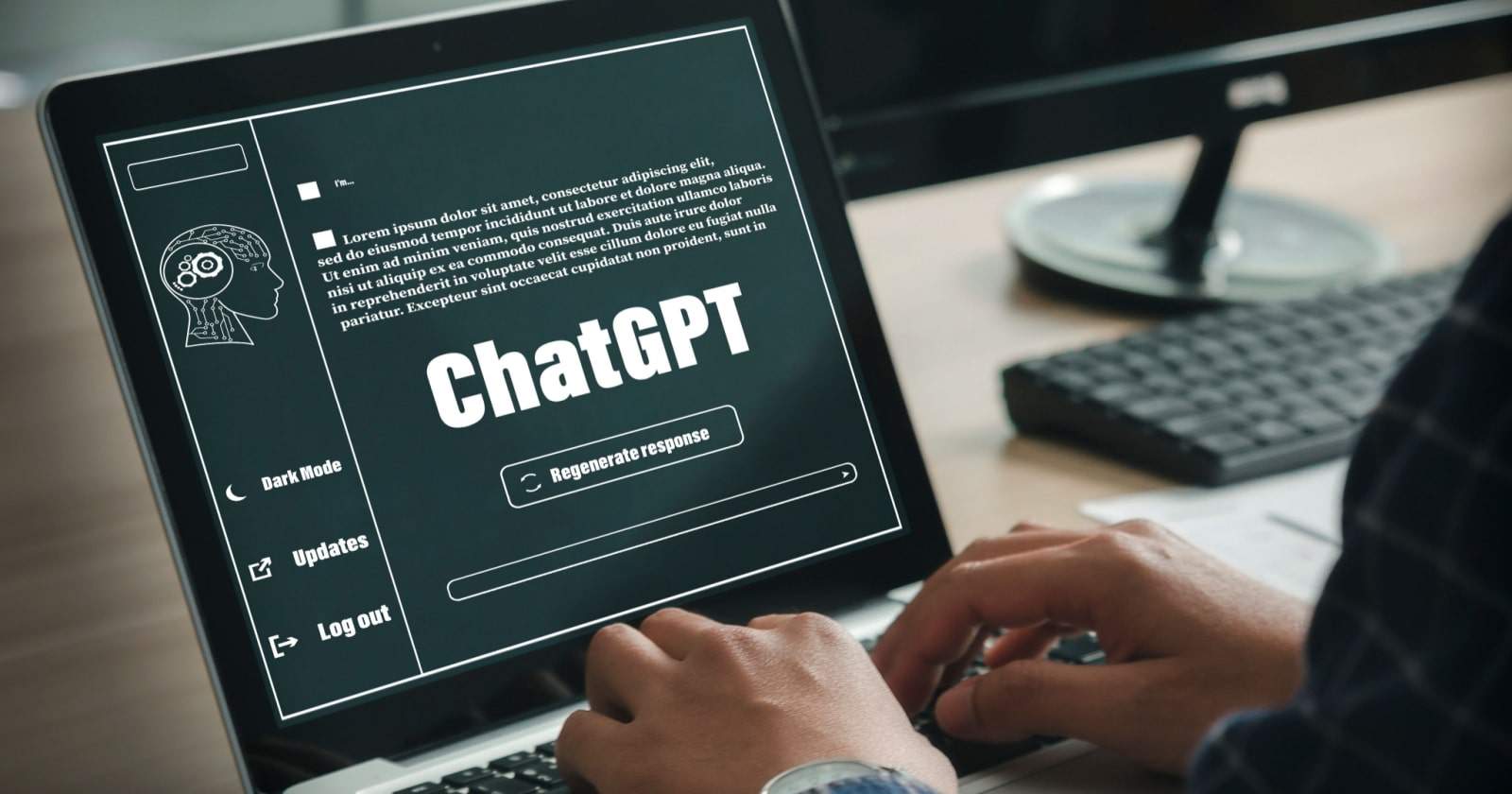Dubai, UAE — Regulations alone will not safeguard the public against nefarious uses of Artificial Intelligence, people also need to be educated on how generative AI is used, what can be gained and what they should look out for while consuming it, an expert has said.
Victor Riparbelli, cofounder and CEO of Synthesia, one of the first startups to build an AI video platform, wrote for the World Economic Forum that investors, inventors and users of this technology need to take a lead in this task of educating the public.
Riparbelli has outlined a few strategies he says will “help us get started to ensure that generative AI advances society in a responsible way”.
Consent
It is of vital importance that we ensure the public understands and companies enforce consent rules that protect users’ likenesses, he said. People must understand what it means to use their voice, body and thoughts to create AI-generated content and be comfortable with the rules about how that content may be used.
Watermarking
This will help individuals understand from the moment of consumption when videos are synthetic and perhaps apply a different lens when analyzing what they are viewing.
“Many similar efforts are also happening across the industry, and I believe watermarking will eventually become a standard industry expectation that consumers will learn to look out for,” he said.
Public awareness campaigns
The industry players need to earmark a significant amount of that funding toward building public awareness of these tools and instructing students of all ages on how to use and consume AI. These campaigns should include free tutorials and educational content so consumers understand how AI works and how it can be used for good or ill. The companies building these products will realize multiple benefits, like building trust and credibility with the public and gaining users, by creating these campaigns and educational content, he said.
Positive examples
The companies providing AI technology must educate through exposure to positive use cases of AI as quickly as possible, he added.
” It’s critical to show the public how AI can be used for good so that they are not scared of its power but rather can leverage it in the best ways for them. One positive example of generative AI is in making content accessible to different audiences, like dubbing films and TV shows into different languages,” Riparbelli said.
With users eager to access AI technology, we must build tools that are easy for people to use. Having a population that can not only spot, when AI is used for good versus bad but also understands how it is made, will be our best safeguard.
Discover
The opportunities for generative AI are endless. I feel lucky to develop this new and exciting technology every single day. But we also know that AI is a novel and sometimes confusing technology for most people. It’s our responsibility to make it more accessible, transparent, and safer to realize the technology’s full potential. I hope the rest of the industry will join me in educating the public – and I look forward to the day when there are more good AI news stories than bad ones.








